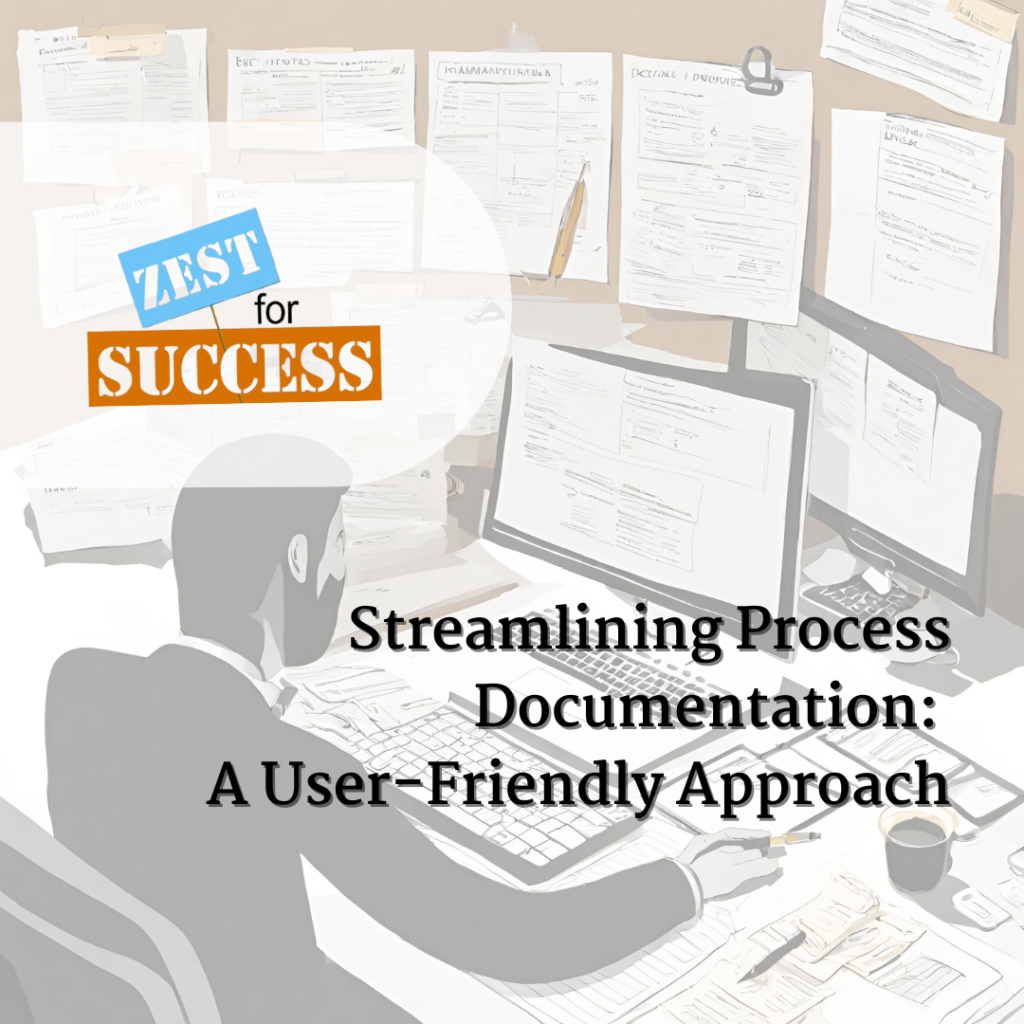When it comes to documenting processes, the mere thought of it may evoke images of thick, intimidating manuals gathering dust on a bookshelf. However, the truth is that capturing and sharing your processes doesn’t have to be a cumbersome task. In fact, it can be a straightforward and even enjoyable endeavor. So, let’s dive into the world of process documentation and explore a user-friendly approach that will benefit your team and organization.
At its core, process documentation is simply a means of recording what people are doing. Whether it’s a seemingly simple task like making coffee or a more complex activity involving computer programming, the process remains the same. All you need is your phone or screen capture software, a willing participant, and a few moments of explanation.
Imagine you want to document the process of making coffee. Grab your phone, ask someone to hold it, and start talking through each step as you prepare the coffee using the coffee machine. By doing so, you create a video that can be later watched by others to ensure they don’t inadvertently burn your coffee. Similarly, if you’re working on a computer program, use screen capture software to record your actions while providing a commentary on what you’re doing at each stage. This simple act of recording as you go along is the key to efficient process documentation.
Now, let’s challenge the perception that process documentation involves bulky manuals that no one ever looks at. That’s not what we’re trying to achieve here. Instead, the goal is to create a dynamic repository of information, readily accessible to those who need it. To accomplish this, it’s crucial to establish a system for storing and organizing your documented processes effectively.
Start by capturing the process through a video. Keep in mind that different people learn in different ways. Some prefer watching a video and diving right in, while others find flowcharts or written instructions more helpful. In our experience, beginning with a video is often ideal. Afterward, break down the process into a flowchart and accompanying written instructions. This multi-format approach ensures that regardless of the learning style, individuals can find the information they need in a format that suits them best. Storing all these elements together in one centralized location is essential for easy accessibility.
Contrary to popular belief, effective process documentation doesn’t require excessive effort. It’s not about creating a collection of outdated files gathering dust in a forgotten folder. Instead, it should be a living, breathing depository that evolves alongside your organization. As processes change and systems evolve, make sure to update and remove the old documentation to avoid confusion among newcomers. By maintaining an up-to-date and relevant repository of information, you ensure that everyone can navigate and understand the processes smoothly.
If you’re feeling overwhelmed or unsure about how to begin documenting your processes, assistance is just a request away. Don’t hesitate to reach out for guidance, brainstorming sessions, and tips and tricks on selecting the right software tools. We’re here to help you streamline your documentation efforts and make the process as efficient and user-friendly as possible.
In conclusion, documenting processes shouldn’t be seen as an arduous chore. Instead, embrace it as an opportunity to create a valuable resource for your team. By capturing processes through videos, breaking them down into various formats, and maintaining an updated repository, you ensure that information is accessible to all. Let’s shift the perception of process documentation from a tedious burden to an empowering tool for efficiency and collaboration.

